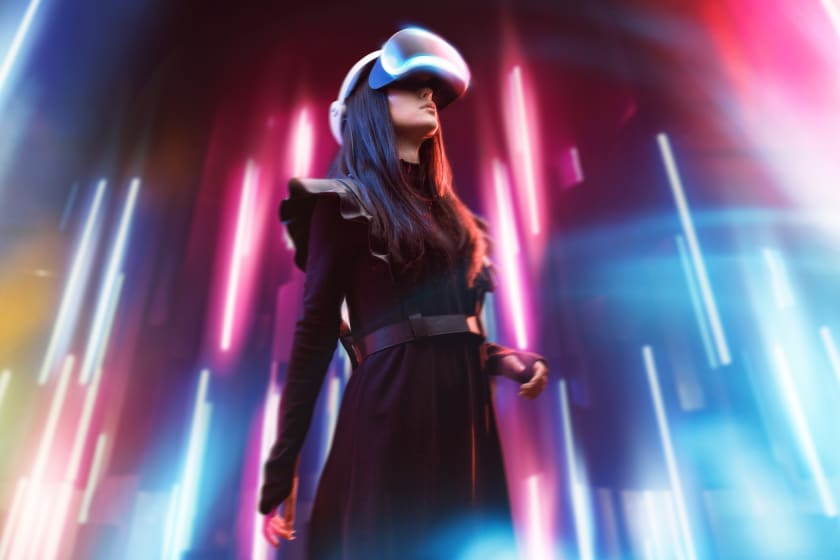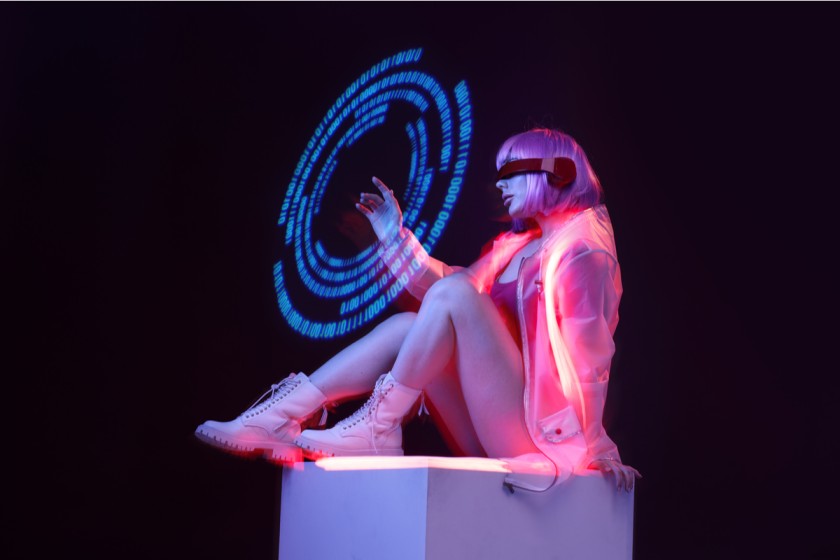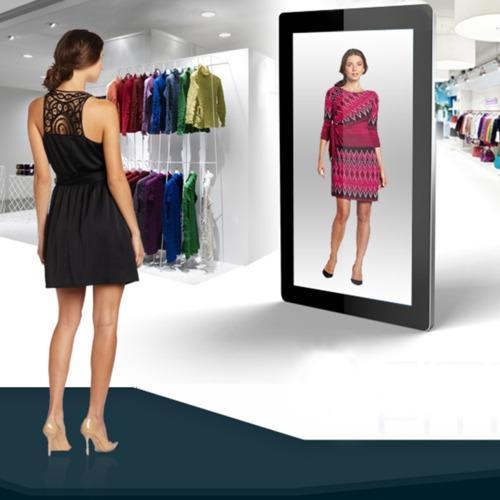Why Fashion Startups Should Look at Technology Platforms



Aren't we always inclined and astounded at numerous technology modifications towards the fashion vertical and look into something more sustainable and efficient? The ever-expanding digital arena is opening to present-day opportunities, be it innovation, interaction, or discovering fashion. Innovative products in the fashion market are increasing with the collaborations of ideas, scientists, product designers, trend forecasters, engineers, and manufacturers.
Technology has an essential role in accelerating the fashion industry over these years, especially to the consumer-oriented side of the market. However, is it is influencing where customers are finding brands and which category are they discovering to buy, transact, and commerce.
The fashion industry has been built on creativity, art, and ideas; adding science and technology to fashion can help unprecedently. To understand how applying science and technology is changing the foundation of the fashion industry and fashion innovation, read how these strategic ideas have shaped the apparel industry in the last few years.
Technology changes how we perceive fashion - Technologies understand psychology and change how people buy through online platforms, local retail shops, or even Augmented realities. Brands have started to adapt modifications and changes to bring their products to their customers. Building a different experience for retailers can change an over-provisioned fashion arena. Reformation, a known fashion brand in LA, has recently started structuring its offline store experience. The founder plans to solve a few issues in their offline stores. Because of high in-store footfall, which is great for retailers but challenging for customers, getting clothes garments all over the place and over-occupied changing rooms was unpleasant. To make the customer experience better, they added a lot of changes in the rest of the outlets with the help of suitable technology. Their new retail stores address a few customer problems and to make it better they are displaying only 30% top selling clothes. They have touch screens for customers to choose and search for their desired outfits. Once they are ready, they can head towards the dressing with their desired garment and correct size.
Similarly, GAP increases and improves customer experience with a very famous fashion brand. Collaborated with Google and Avametric, a tech startup to open Changing room by GAP, it is an app that uses Augmented reality for consumers to check how the piece of clothing looks on their body type. So, for example, the customer puts their size and then tries it on an item of clothing. A mannequin of the customer's size will get displayed on the screen wearing the same garment the user selected. Isn't it amazing?
On the other hand, Pinterest has changed the user experience online. Pinterest advertises to an audience with a fantastic search tool that allows users to search for anything using a camera lens to give them an idea of pairing things up in similar styles. Isn't it amazing when an advertising app gives styling advice to the users?
Shop the look is their new launch where users can shop the entire look after pinning it and taking the user to purchase.
Fashion Industries need technology as customer needs change

In fashion and luxe, strategic planning becomes exceptionally crucial. The fashion and tech industries have a mutually symbiotic relationship. The fashion industry has been there for a while now, and it has created amazing things. Companies expect their consumers to stick around and follow them. However, Gen Z or even Millennials have been in a space where technology has catered to their needs. To make all this happen together, Harvey's Fashion Tech is a forum where companies from fashion and different tech startups come from various regions and build connections, get creative and collaborate.
Fashion brands are also taking their fashion game up with the power of speed and transparency. There is a kind of openness in operations, personal values, articulation in the culture of brands, and how they are enchanting to the consumers of the new age. An ancient European luxe brand, Fendi is the most enticing brand for the younger generation having a new approach to their new consumers. Fendi has now come up with more youthful energy; it opens new doors for their customers to inspire their brand. It has included mood boards, events hosted by Fendi, and forums.
Fashion and Technology collaborations create hybrid products

When skills of both fashion and technology industries are applied and create a new product in the market that lies between two sectors and fits in the middle comes from collaborations. Around last year, Levi's and Google's technology products announced a partnership on a new jacket designed by an urban cyclist. Technology has come in the weave of syncing fabrics. It enables the user to change music, answer calls, or have navigation access. The goal is to make technology fashionable and wearable. The collaboration of tech and fashion can expand and move fashion to formal and athletic wear. The best techno integration is into sportswear. Integration of fitness tracking technology like measuring heart rate, breathing, and pedometer makes the wearer feel smart.
Ralph Lauren has launched a workout shirt that includes sensors and is a big hit in the fashion market!
Fashion with applied technology provides a positive customer experience
Creating a positive consumer experience is very important, especially in fashion. With companies expanding in different areas of technology and fashion, it is crucial to use technologies to build positive customer service.
Different inventions create diversity in the fashion industry using new tech and methods. Creating new fibers brings positive products offerings. With time we can see some serious changes happening in the fashion retail industry to make the wearer's experience more enticing. Another way is to reach through collaborations using the skillset of fashion and technology industries to build something innovative, sustainable, and efficient.
With technology, new versatile fabrics can be created
Technology manufacturers made technologies to innovate, enticing new fabrics. Perino by Woolyarns takes the best quality Brushtail Possum with numerous luxe fibers like silk and cashmere to make new fabrics. The most crucial step is customizing silk wool machines in their ancestors' warehouse in New Zealand, which has made these new fabrics unique and enchanting warmth and comfort. This comes out of the mix of two major things- passion and innovation.
There is n number of manufacturers using bioengineering to create these new clothes and fibers. For example, companies create and invent new fibers that substitute spider silk. When building new fashion technologies, they make new synthetic fibers through fermentation that has stretchability, comfort, and soft material properties. Another example of bio-fabrication technology is Modern Meadow, a top manufacturer creating leather-looking goods without using animals. They make it possible by using living collagen in their production labs and creating a 'hide' leather that provides the same texture and aesthetics as animal leather.
Talking about fashion, especially innovations, has been inspiring to see how technology is embracing new fashion startups. The unique collaborations take fashion to another level and make the customer experience better. So, it seems like that's a significant indicator for fashion industries to look at technology. So, add your products at Fashinza and make it your next tech-driven fashion brand.



















